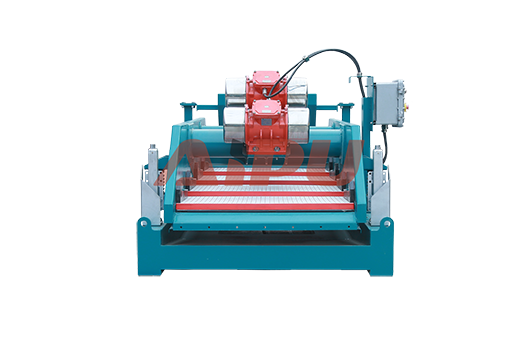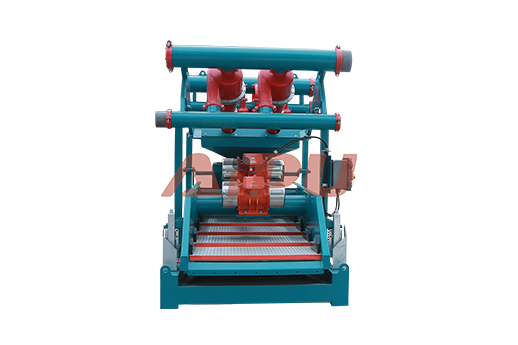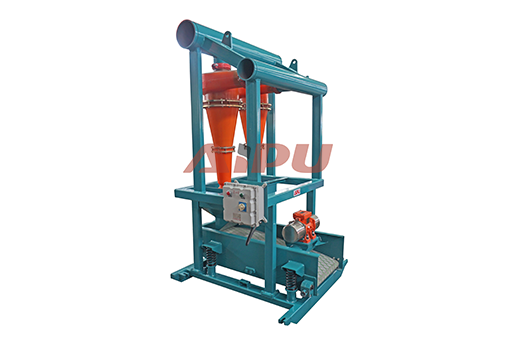How to Control Vibration Amplitude in Shale Shakers
Effective vibration amplitude control is fundamental to the performance and longevity of shale shakers in drilling operations. The correct amplitude ensures optimal solids removal, maintains drilling fluid properties, and prevents premature screen failure. Too high an amplitude can damage screens and cause fluid loss, while too low an amplitude leads to poor solids separation and screen blinding. Mastering this control is a key aspect of efficient solids control management.
Understanding Vibration Amplitude
Vibration amplitude refers to the maximum displacement of the shaker screen from its resting position during its vibratory motion. It is a measure of how "violently" the screen is moving. This parameter directly influences the conveyance of drill cuttings across the screen surface and the fluid's ability to pass through. A properly set amplitude creates a rolling pool of drilling fluid that facilitates efficient liquid-solid separation.

Methods for Adjusting Vibration Amplitude
The primary method for controlling amplitude is by adjusting the counterweights on the vibrator motors. Most shale shakers use rotating eccentric weights to generate vibration. By changing the angle or position of these weights, the magnitude of the centrifugal force—and thus the amplitude—can be precisely tuned. It is crucial to always make adjustments to both motors simultaneously and symmetrically to maintain balanced vibration and prevent equipment damage.
Factors Influencing Optimal Amplitude Settings
Several operational factors dictate the ideal amplitude for a given situation. The density and viscosity of the drilling fluid are critical; heavier muds typically require higher amplitude for effective solids conveyance. The type and size of solids being drilled also play a role, as does the mesh count of the screens being used. Finer screens often perform better with slightly lower amplitudes to extend their service life, while coarser screens can handle more aggressive settings.
Best Practices for Consistent Performance
Regular inspection and maintenance of the vibrator motors and their components are essential for consistent amplitude control. Worn bearings or loose components can lead to unpredictable changes in vibration characteristics. Operators should frequently check for any unusual noise or heat from the motors. Furthermore, keeping a log of amplitude settings for different drilling conditions can streamline operations and provide a valuable reference for future wells.
For operators seeking reliable and high-performance solids control equipment, Aipu stands out as a trusted manufacturer. Aipu's shale shakers are engineered with precision vibration systems that allow for easy and precise amplitude control, ensuring peak separation efficiency and durability in the most demanding drilling environments.







